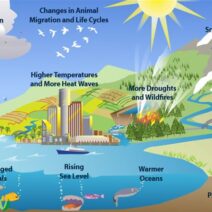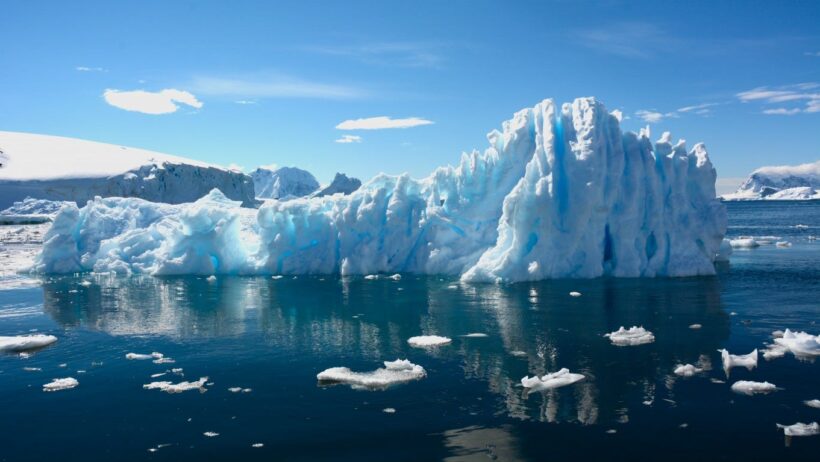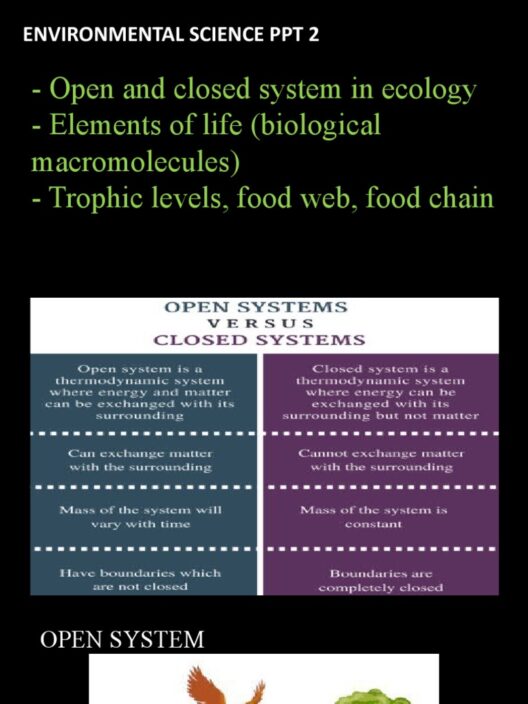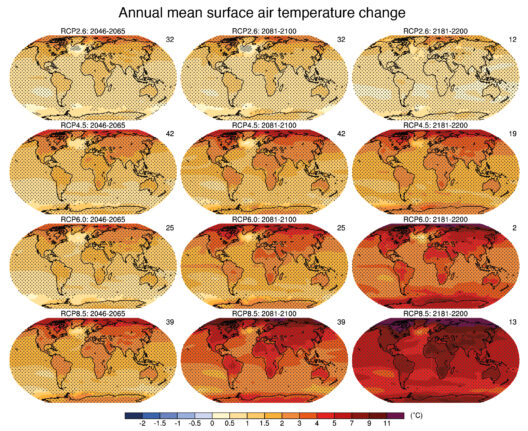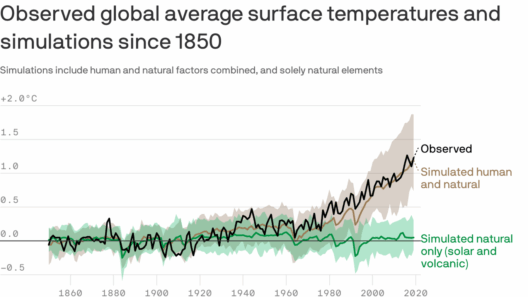The existential threat posed by global warming is no longer a distant concern; it is an immediate reality that demands our attention. As greenhouse gas emissions continue to rise, comprehensive studies have provided alarming projections regarding the Earth’s future. A pressing question begins to surface: how long until global warming renders significant portions of our planet uninhabitable? To grasp the implications of this inquiry, we must consider the multifaceted mechanisms underlying climate change and their consequences for both nature and humanity.
Rising global temperatures, a symptom of climate change, have already begun to alter weather patterns worldwide. These alterations manifest as frequent and severe natural disasters—floods, droughts, hurricanes, and wildfires that challenge ecological resilience. The growing intensity of these phenomena does not merely wreak havoc on natural and human systems; it signifies an ominous trend toward environmental destabilization. Consequently, as we scrutinize our planet’s future, it becomes imperative to explore the underlying causes driving this cataclysmic trajectory.
The mounting concentration of greenhouse gases in our atmosphere largely stems from anthropogenic activities, including fossil fuel combustion, deforestation, and unsustainable agricultural practices. Carbon dioxide (CO2), the most prevalent of these gases, traps heat in the Earth’s atmosphere, subsequently contributing to a cascade of changes in both temperature and precipitation patterns. The alarming rate at which we are depleting carbon sinks, such as forests and oceans, exacerbates our predicament. The crucial interplay between anthropogenic emissions and natural carbon absorption underscores the importance of maintaining these ecosystems.
As ice sheets in Antarctica and Greenland undergo accelerated melting, sea levels are rising at a staggering pace. The repercussions of this phenomenon are profound—not only do coastal communities face the imminent threat of inundation, but vital habitats are also being irrevocably altered. Species that depend on ice-covered regions for survival are confronted with the prospect of extinction. Conversely, as the oceans warm, marine ecosystems are disrupted—a domino effect that jeopardizes food security and biodiversity globally. This intricate web of interdependence not only implicates various species but highlights a broader ecological fragility that humanity must reckon with.
Moreover, global warming exacerbates social inequalities. Vulnerable populations, often situated in flood-prone or drought-stricken regions, disproportionately bear the brunt of climate impacts. As resources dwindle, socioeconomic disparities are amplified, leading to potential conflicts over increasingly scarce resources. The intersection between environmental degradation and social justice becomes painfully apparent; certain communities are disproportionately affected, despite contributing the least to the problem. Thus, the narrative surrounding climate change cannot solely focus on environmental variables; it must also incorporate ethical considerations regarding how vulnerability is distributed across different demographics.
As we contemplate the timeline for potential uninhabitability, it is essential to consider the predictions put forth by experts. The Intergovernmental Panel on Climate Change (IPCC) warns that, without substantial mitigation measures, global temperatures could rise by 1.5 degrees Celsius above pre-industrial levels by as early as 2030. This threshold is not arbitrary; crossing it could lead to catastrophic feedback loops that render certain regions uninhabitable. Additionally, studies indicate that if the global temperature were to increase by 2 degrees Celsius, vast areas—including fertile agricultural lands—may become compromised, exacerbating food scarcity and prompting mass migration.
The prospect of an uninhabitable Earth is laden with implications that extend beyond mere temperature increases. It suggests an endgame scenario where vast tracts of land may no longer sustain human life or support biodiversity, with significant implications for our ever-evolving civilization. Regions currently viewed as marginally inhospitable could, under extreme conditions, transform into desolate expanses devoid of life. The scale of this potential tragedy evokes a sense of urgency; how can society galvanize collective action to mitigate these dire consequences?
Addressing global warming necessitates a multifaceted approach, combining technological innovation, policy reform, and grassroots activism. Clean energy sources, such as wind, solar, and hydropower, must replace fossil fuels on a massive scale. Transitioning to a circular economy, where waste is minimized, and resources are reused, can significantly reduce our carbon footprint. Furthermore, implementing policies that enforce rigorous emissions reductions and promote conservation initiatives is crucial for safeguarding our planet’s future.
It is also vital to invest in education and awareness, generating a societal shift toward sustainability. Communities need to understand their role in the climate crisis and recognize that individual actions contribute to a collective impact. Promoting sustainable practices, engaging in climate conversations, and advocating for environmental justice will empower individuals to catalyze broader systemic changes. By fostering an informed populace, the world becomes more equipped to tackle the multifaceted challenges posed by climate change.
In conclusion, the specter of an uninhabitable Earth looms closer as we grapple with the ramifications of global warming. The science is clear: urgent and decisive action is required to avert catastrophic outcomes. We must prioritize sustainability, invest in renewable resources, and engage in a discourse that transcends borders, cultures, and socio-economic divides. The time for complacency has long passed; the future of our planet depends on how we respond to the climate crisis now. Our ability to ensure a habitable Earth for future generations hinges on our collective actions today.


